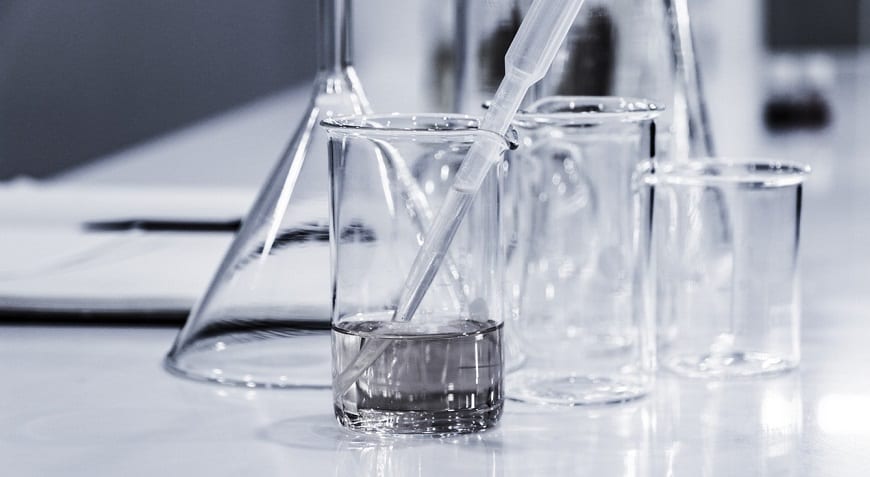
Researchers develop novel tungsten oxide-based hydrogen detector
February 19, 2019The unique detector can sense hydrogen leaks.
A hydrogen detector has been developed by a team of physicists from Immanuel Kant Baltic Federal University (BFU) in collaboration with their colleagues from National Research Nuclear University MEPhl (NRNU MEPhl). The detector was developed from tungsten oxide and can sense hydrogen leaks.
Hydrogen leakages are very dangerous.
Hydrogen is commonly used in the chemical industry and in controlled nuclear fusion experiments. It is one of the most widely used gases across the globe. That said, hydrogen’s molecules are of the smallest possible mass and size. This means it is incredibly difficult to store hydrogen in any vessel because it can leak from just about any opening.
If hydrogen leaks occur, this can be very dangerous for industry because when hydrogen mixes with oxygen it forms an explosive detonating gas. For this reason, safe and reliable hydrogen storage to prevent these leaks is extremely important as is preventing leaks by constantly monitoring storage vessels with hydrogen detectors.
A hydrogen detector’s sensitivity is determined by the sensor’s properties.
Typically, hydrogen leaks are monitored with gas detectors, most notably amperometric analyzers. These are based on the ability of gasses to alter the electrical conductivity of metals when they come in contact with the analyzers.
Fixed voltage is applied to the ends of a metal plate and a device measures the current’s strength that flows through it. The strength of the current depends entirely on the conductivity of the material. The conductivity changes when the concentration of hydrogen increases. The sensitivity of measurements is dependent on the properties of the sensor, in other words, the plate under the voltage.
In an effort to improve detection, the researchers studied new materials based on tungsten oxide. They manufactured thin tungsten oxide films with a variety of additives to compare their characteristics. One of the film detectors – the one with a tungsten oxide layer covered with additional platinum coding – demonstrated a 100-fold increase in sensitivity when compared to a control sample.
“We have studied nanomaterials that may be used as a basis for hydrogen leakage sensors. In the course of our work, we identified the requirements for the structural properties of these materials that should secure high gas  detecting efficiency,” says Dr. Alexander Goikhman, a co-author of the work and the head of the Research and Educational Center for Functional Nanomaterials, reports Phys.org.
detecting efficiency,” says Dr. Alexander Goikhman, a co-author of the work and the head of the Research and Educational Center for Functional Nanomaterials, reports Phys.org.
The scientists’ tungsten oxide hydrogen detector research was published in the journal Thin Solid Films.



 With over 15 years of reporting hydrogen news, we are your premier source for the latest updates and insights in hydrogen and renewable energy.
With over 15 years of reporting hydrogen news, we are your premier source for the latest updates and insights in hydrogen and renewable energy.